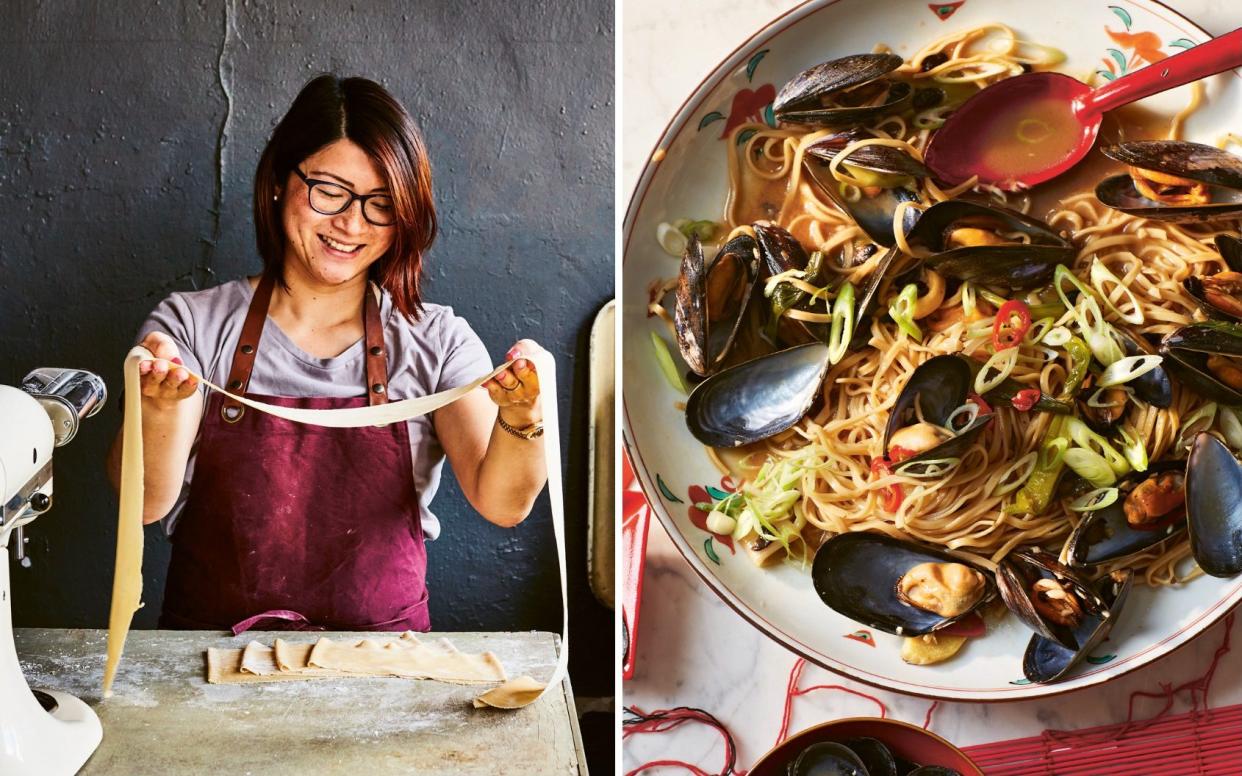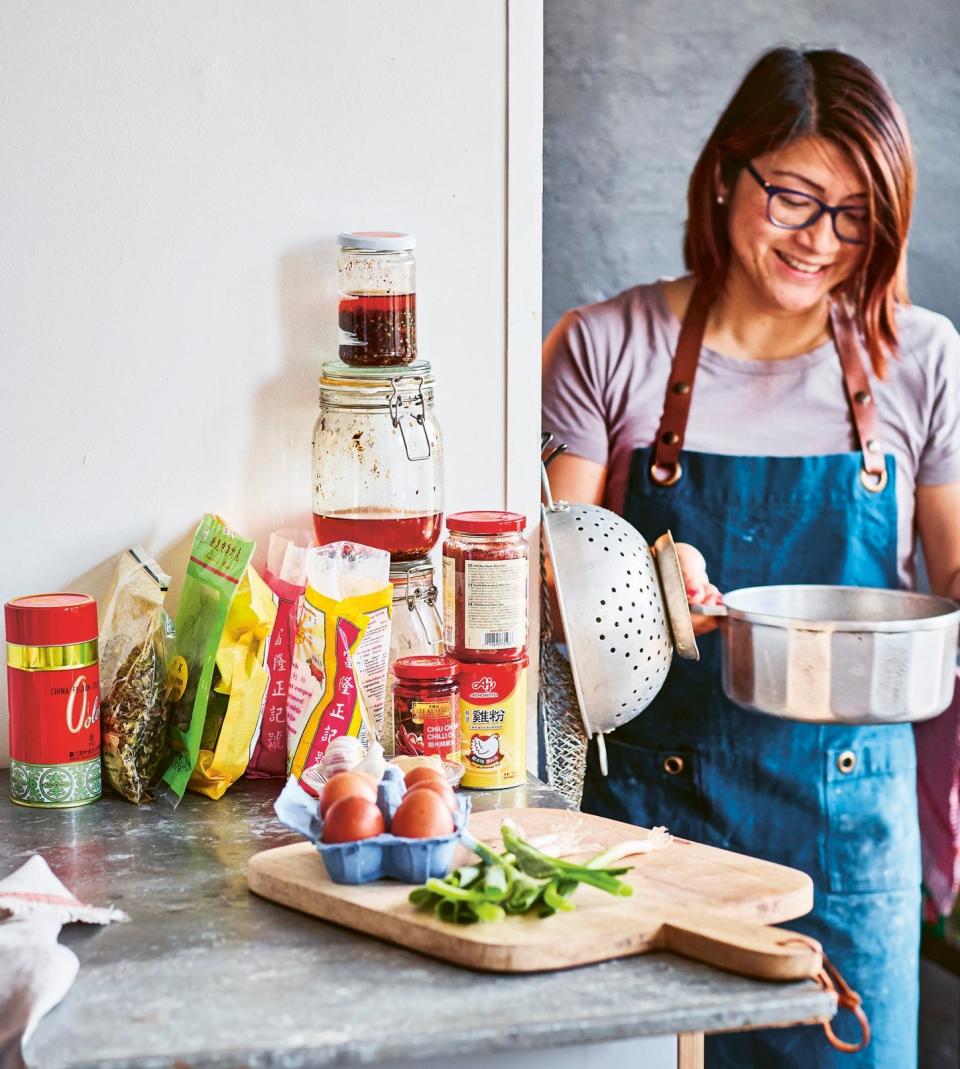A Chinese New Year feast for family and friends

Growing up, I was extremely fortunate to be surrounded by food. I spent my childhood looking forward to family gatherings, which were not modest in size – at any given moment, there would be an average of 30 people; 40-plus if all the cousins came along.
My parents followed all the traditions they were brought up with in Hong Kong, continuing them when they started their own family. For my mum, before Chinese New Year that meant cleaning the house like mad, opening the windows and making sure she brushed all the bad luck out of the back door.
She would buy a truckload of mandarin oranges (whose name in Cantonese is pronounced ‘shung gum’, which means ‘giving gold’), with a pair to be given to each guest and received in return as a symbol of prosperity and good luck.
It’s also traditional to bathe in mandarin peel and pomelo leaves the night before, to bring luck; and to never, ever wash or cut your hair, or shower, on Chinese New Year’s Day, to avoid washing away any luck you had. We exchanged red envelopes filled with money, giving blessings of wealth and good fortune.

Chinese New Year, aka the Lunar New Year and Spring Festival, starts on the new moon of the year’s first lunar month (this year next Saturday, and always falling between 21 January and 20 February). There are more than 4,000 years of history, myths and legends behind the Chinese New Year stories, and they are fascinating, especially the repeating 12-animal Chinese zodiac cycle. It’s believed this began with the Jade Emperor, a deity who organised a race between the animals, with their finishing order determining their place in the zodiac.
As with all festivals in China, New Year celebrations centre around food, and a great significance lies in what is served. Seafood is considered auspicious and therefore good luck to eat, while noodles are always served as they represent a wish for a long life (each strand should be consumed unbroken). Chicken is usually served whole with the head, wings and feet intact and symbolises family unity, and pork is eaten at celebratory times as it symbolises strength, wealth and blessings.
The recipes I’m sharing here are family favourites and each one brings back great memories of feasting in my childhood. You might choose to make one or all of them – create your own feast depending on your mood.
Simply Chinese Feasts: Tasty Recipes for Friends and Family, by Suzie Lee, is out now, published by Hardie Grant (£24)